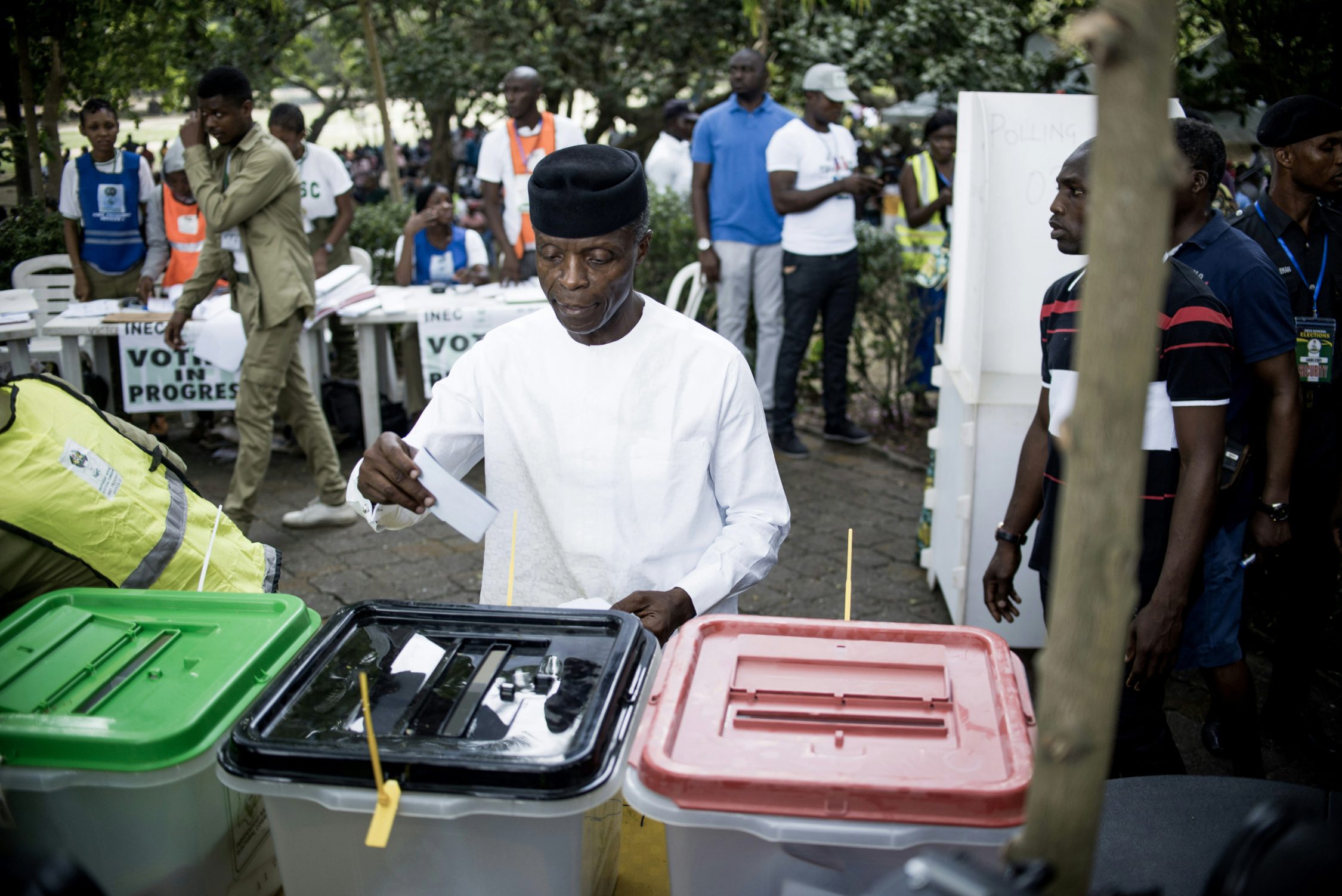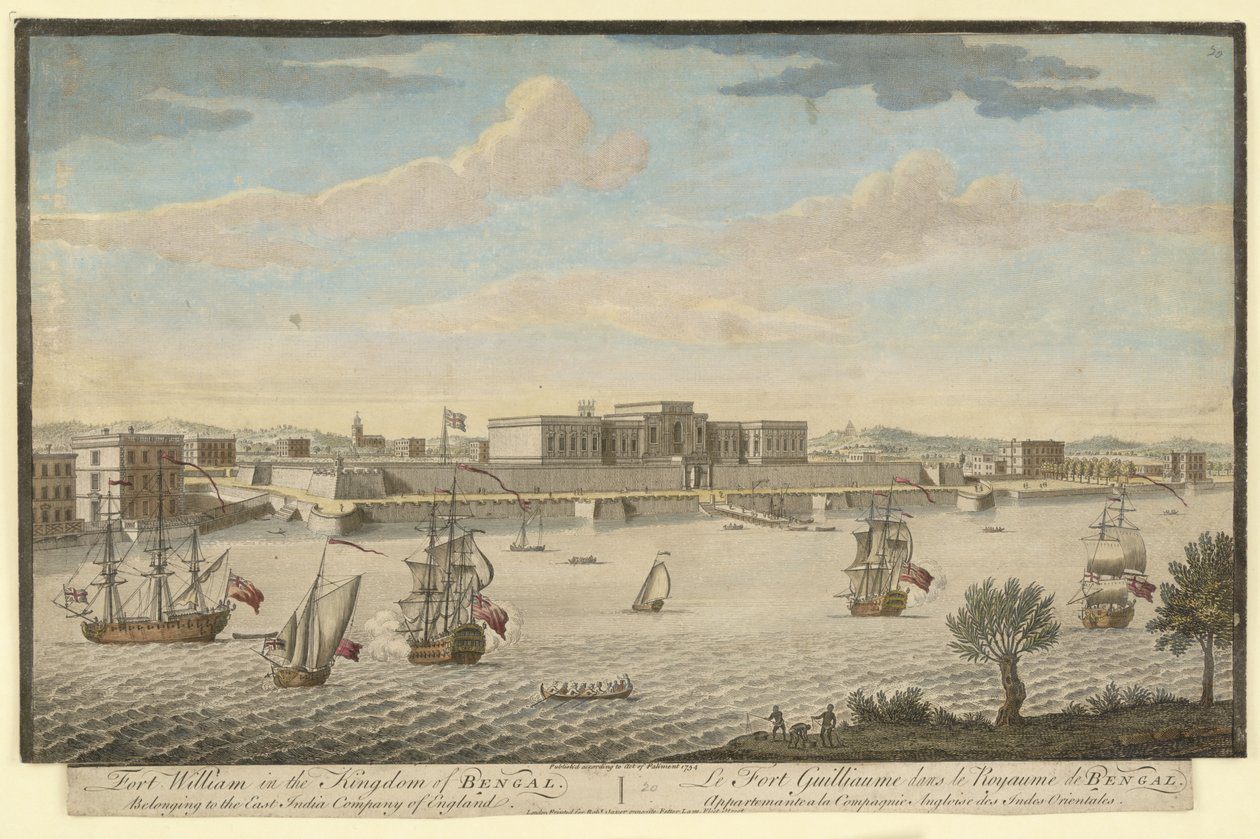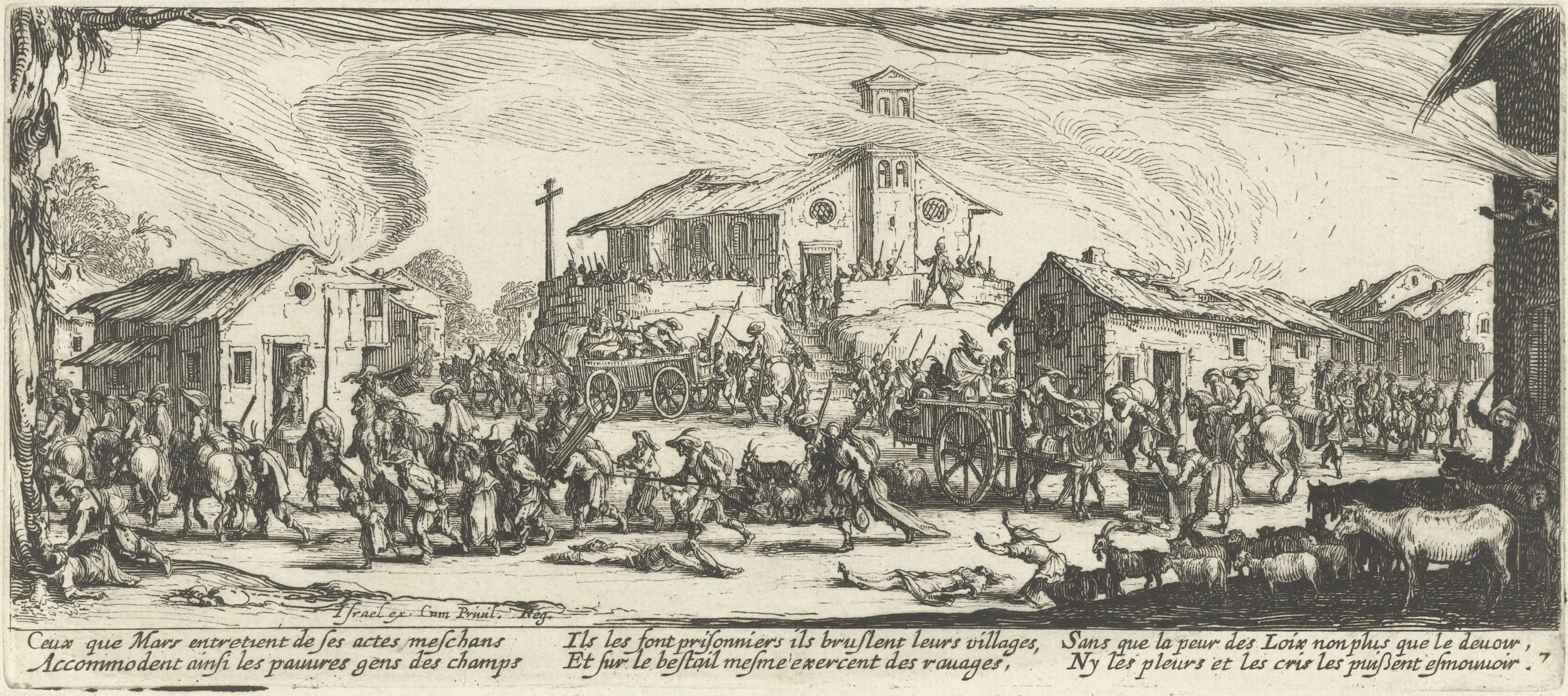Prepared for the March 2 – 3, 2017 seminar, Theorizing (Dis)Order: Governing in an Uncertain World, organized by the winners of the 2016 – 2017 WPF Student Seminar Competition.
(1) In the post-Westphalian world, sovereignty is the norm that simultaneously produces anarchy between states and the possibility of its opposite, order, within those states. While sovereignty ostensibly gives national authorities ultimate control over subnational actors and spaces, along with the formal ability to impose order from above, the reality is much more complicated – and much more interesting. Order is never a foregone conclusion, even within the sovereign states that form the units of the international state system. From the seminal works of scholars like Michael Mann, Stein Rokkan, and Charles Tilly, we know that the emergence of the nation-state as the dominant unit in the modern world was everywhere associated with dramatic territorial struggles between national and subnational actors over who got to do what, and with whose resources. Whether peripheral regions were incorporated into proto-states by core areas using direct or indirect forms of rule, territory was always at the heart of state building. But territorial struggles do not simply disappear once the process of state formation is complete; well after their emergence, states are constantly negotiating and renegotiating territorial arrangements between core and periphery, and between national and subnational. We see this in the wave of decentralization that swept the global south at the end of the last century, and in the set of re-centralizing changes that have occurred in the opening years of the new century.
(2) Given the symposium’s focus on “how rulers and ruled produce, contain, instrumentalize, and use disorder in ongoing contests for power,” this memo will examine the role of disorder in the often zero-sum struggles that take place between national and subnational governments as they jockey for advantage and leverage. One of the most salient, and indeed quite curious, dimensions of disorder as a territorial phenomenon is that it can be deployed as a powerful justification for movement in both directions: decentralizing changes that empower subnational governments and peripheral regions, as well as recentralizing changes that relocate resources and authority back in the center. With respect to the former, disorder, instability, and chaos in subnational regions have loomed large as a rationale for decentralization; decentralization can and does appeal to a wide range of actors as a remedy for disorder in the periphery. At the same time, the phenomenon of subnational disorder can also set in motion recentralizing changes that seek to restore order by clawing back resources and authority from subnational governments. The paragraphs that follow seek to contribute to the symposium’s analytical focus on disorder by bringing into the discussion substantive examples of how disorder has been used to justify decentralization (which I discuss in the first half of the memo) as well as its opposite (examined in the second half of the memo). My empirical focus is on Latin America, one of the most dynamic regions in the world for decentralization, and my method is to draw upon recent examples from a number of different countries in this region in order to illustrate how disorder has been deployed politically in the struggle over territory.
(3) Perhaps the most obvious connection between disorder and decentralization can be seen in those cases where decentralizing changes were explicitly adopted in the attempt to end internal armed conflict between government forces on the one hand, and guerrilla or insurgent forces on the other. In countries where national governments militarily defeated insurgent groups (such as the Shining Path guerrillas in Peru under the Alberto Fujimori government in the 1990s), or where the military directly took power in response to insurgent threats (such as in the bureaucratic authoritarian regimes of the 1960s and 70s), the elimination of internal security threats by force resulted in highly centralizing outcomes. But where national governments failed to defeat their guerrilla opponents militarily and pursued negotiated settlements with them instead, as in Colombia, Guatemala and El Salvador, decentralization featured prominently within the set of reforms agreed to by participants in these negotiations. In all three countries, decentralization in general and the creation and/or empowering of municipalities in particular was promoted as a means that would create attractive political spaces for former combatants. Since ex-guerrillas in the post-conflict period might face significant political hurdles to winning national office, the argument was that they would have a better shot at surmounting the lower costs to entry that characterize local elections. The strategy worked as anticipated in El Salvador, where the FMLN transformed itself into a party that steadily won electoral victories at the local level in the two decades following the 1992 Peace Accords, until finally winning the presidency in 2009. A different outcome obtained in the Colombian case, however, where the rebel FARC ran for and won municipal elections when these were introduced in the 1980s, but did so as a complement to, rather than substitute for, armed struggle. Although reformers embraced decentralization as an antidote to disorder, and rallied around the slogan “to decentralize is to pacify” (decentralizar es pacificar), in the end decentralization failed to perform as anticipated, undermined order, and arguably worsened Colombia’s internal armed conflict.
(4) Political turbulence and instability that fall well short of outright warfare, but that nevertheless produce crises of legitimacy, can also result in decentralization. A critical case in point is Venezuela, where struggles over decentralization and centralization played a key role in the collapse of the Fourth Republic and its replacement by the Bolivarian (Fifth) Republic under Hugo Chávez. Though formally federal by design, Venezuela functioned as one of Latin America’s most centralized countries, where voters elected the president but not the governors of the states where they lived, who instead served at the pleasure of the president. Over time, frustration grew with this centralization of power, along with the clientelism and corruption that characterized the political appointment of governors, but the very officials who stood to lose power from decentralization – national politicians – controlled the decision to decentralize, and balked. Only when Venezuela erupted in widespread riots in February 1989 in the so-called Caracazo (which actually impacted cities across Venezuela) did establishment politicians agree to institute decentralizing reforms as a defensive measure to forestall more radical challenges to the democratic regime. Figures within the establishment who had blocked meaningful decentralization before the Caracazo subsequently relented and endorsed it as one possible way to close the great distance between state and society that the protests had exposed. But the reforms in many respects came too late; having centralized power to an extreme degree, the Fourth Republic along with its stable two party system came to a dramatic end within a decade of the passage of decentralizing reforms.
(5) When decentralization is adopted as a response to disorder, the origins of the disorder tend to be conceptualized as subnational. Typically, the devolution of resources and authority to subnational governments is adopted as a means through which the national government claims to address subnational ills in the hopes of improving governance at subnational levels. But in a very different vein, decentralization can also appeal to subnational actors as a way to escape the ill effects of disordered national governments. Ecuador is a case in point, where it is often argued that mayors “saved the country” in the turbulent decade that began with the impeachment of President Abdalá Bucaram in 1997 and ended with the inauguration of President Rafael Correa in 2007. Nearly ten different presidents governed in this chaotic period, characterized by the collapse of the banking industry, the traumatic dollarization of the economy, the out-migration of 10% of the population in search of jobs in Europe and the U.S., and an aborted attempt to overthrow the elected government by an alliance of military officers and indigenous leaders. Political instability at the national level contrasted sharply with the emergence of dynamic and entrepreneurial mayors across Ecuador who were not only able to finish their mandates, but who often won reelection based on their positive performance. While these mayors were empowered de jure by a 1997 law that required the national government to automatically share 15% of public revenues with municipalities, they also took advantage of the political chaos in Quito to claim de facto forms of autonomy; the national government was simply too weakened by political chaos to prevent mayors from exceeding their formal authorities. The Ecuadorian case thus points to the importance of determining which level of government – national or subnational – is perceived as disordered, a perception that likely varies across time and space but that can be a critical resource in political combat.
(6) Let me turn now from a discussion of how disorder can result in decentralization to the question of how disorder can be used as a pretext for movement in the opposite direction. Here I am referring to a heterogeneous set of changes that have been introduced in recent years in “post-decentralization” Latin America that have had the effect of partially reversing decentralization in the attempt to restore the dominant position of the national government. The pendulum has begun to swing back to the center after the perceived excesses of the decentralization wave that accompanied democratization. In some cases, recentralization has taken highly visible and obvious forms, as when the national government cancels subnational elections or suspends elected subnational officials. In other cases, we have to broaden the focus to appreciate the impact of changes that might not register as “recentralization” at first glance, but that nevertheless have the effect of undercutting the ability of subnational governments to act independently of the center. The following paragraphs demonstrate how political actors at the center have used disorder as a pretext to recentralize in response to three qualitatively different types of threats: security threats, regime threats, and economic threats.
(7) Insecurity has been one of the most important drivers of centralization in Latin America, and a phenomenon that national politicians can most readily leverage in the service of their centralizing goals. This is true both when insecurity results from political violence and when it results from more apolitical forms of criminal violence. One of the best examples of the former is Peru, where the violence of the Shining Path led Alberto Fujimori as president to centralize power not just by closing congress and intervening in the judiciary, but by eliminating regional governments across the country. The president was able to claim that centralization was necessary in order to successfully end the internal armed conflict, but his claims are belied by the reality that the Shining Path insurgency was eviscerated through old fashioned police work, which led to the discovery and incarceration of its leader, Abimael Guzmán in 1992. Now that gangs, organized crime, and drug cartels have replaced guerrilla insurgencies as the main source of violence in Latin America, recentralization can still be justified as necessary in order for the state to meet these threats. In Peru, for example, the claim that many regional presidents are connected to organized crime and mafia networks has generated widespread political support for reforms that would undermine the power of these subnational officials, including new legislation in 2014 that would prevent their reelection. In Mexico, the fight against drug cartels – despite being a criminal matter – led President Felipe Calderón to centralize security operations by shifting responsibility from the police forces, most of which are under the control of subnational governments in Mexico, to a national institution: the armed forces. More generally, herculean efforts by reformers in post-authoritarian Latin America to re-focus the military on external as opposed to internal security threats, which has been widely understood as critical for the consolidation of democracy in the region going forward, are now threatened by presidents who prefer militarized – and therefore centralized – responses to the spike in criminality.
(8) National politicians in Latin America have also justified their centralizing behavior as an appropriate response to what can be conceptualized as regime threats, by which I mean subnational threats to democratic rule. With respect to federal countries like Argentina, Brazil, and Mexico, an exciting literature has emerged in recent years on the survival, indeed strengthening, of subnational authoritarianism within countries that have experienced successful transitions to democracy at the national level. The point made by scholars working on this phenomenon is well taken; we should not expect that the consolidation of democracy at the national level will necessarily generate movement in the same democratic direction at the subnational level, and autocratic governors who repress civil liberties, manipulate provincial elections, and engage in violence can do tremendous damage to democracy. But one of the most significant findings in this literature is that democratically elected presidents who coexist with authoritarian governors typically do so because they derive significant political and electoral support from these governors. When authoritarian governors do not behave as expected, presidents have deposed them via “federal interventions,” but this highly centralizing behavior has much more to do with their own narrow political interests than any normative defense of democracy. We also see centralizing behavior in response to political threats in non-federal cases. One of the most controversial aspects of Bolivia’s new (2009) constitution was that it gave the president authority to suspend subnational elected officials if they are merely being investigated by prosecutors (and not yet convicted). Evo Morales used this rule to suspend three opposition governors and more than ten opposition mayors. Here, the rooting out of corruption by the national government was used as a pretext for highly centralizing and undemocratic behavior.
(9) Finally, national presidents have also used perceived threats to economic order as a pretext to (re)centralize. One of the most fateful design aspects of the decision to decentralize in Latin America in the 1990s was the reliance on automatic sharing of national tax revenues with subnational governments – rather than the devolution of tax bases to subnational authorities. This created well-documented moral hazard problems as subnational officials made poorer and less sustainable choices about how to use these revenues than they likely would have if they themselves had to spend the political and administrative costs of collecting their own tax revenues. While fiscal profligacy by irresponsible subnational authorities is undeniable, national politicians often pushed fiscal recentralization as the only possible or logical response without seriously considering other kinds of reforms like earmarking or oversight that could have lessened the problem short of outright recentralization. In a deeper sense, national politicians in some Latin American countries (e.g. Bolivia, Ecuador, and Peru) have sought recentralizing changes as a way to undercut the policy challenges that separately elected subnational governments are increasingly posing.
Globalization, democratization, and decentralization have all made it easier for elected subnational officials to ideologically challenge the national government when they disagree with the center’s preferred economic policies. Whether these challenges from subnational officials take the form of trying to alter the content of the national development model or attempting to create and defend ideologically deviant models at the local level, the impact on the region’s political economy has been increased chaos, confusion, uncertainty, and disorder. One especially disordered case is that of Bolivia, where President Evo Morales has sought to build a more state-centered, if not socialist, approach to development at the national level that has been in direct conflict with the neoliberal model in place in the country’s most economically important subnational region: Santa Cruz.
(10) That disorder has been used as a pretext for such diametrically opposed outcomes – decentralization and recentralization – might suggest that it has limited value in predicting when countries are likely to move in either a centralizing or decentralization direction. If the presence of X both causes Y and not Y, then X cannot offer a very powerful or convincing explanation of Y. And yet I would argue that when illumination rather than prediction is the goal, paying attention to how disorder can be deployed politically makes a great deal of sense and offers significant analytical leverage. The brief survey above suggests that aspirations for order and perceptions of disorder are almost always at play in the conflicts that continue to erupt between national and subnational politicians over the territorial distribution of power, authority, and resources. National or subnational politicians appear to have a greater shot at success when they can credibly blame the other side for disorder. This basic insight offers a more politically satisfying and sophisticated approach than the still quite common tendency in the literature to assess the depth of actors’ normative commitments to decentralization as the key factor in explaining when and why it happens or doesn’t happen. It also speaks very powerfully to the depth, urgency, and persistence of the political demand for order. Being able to credibly claim that their institutional preferences – whether centralizing or decentralizing – will improve the prospects for order gives politicians a significant advantage over their opponents.



